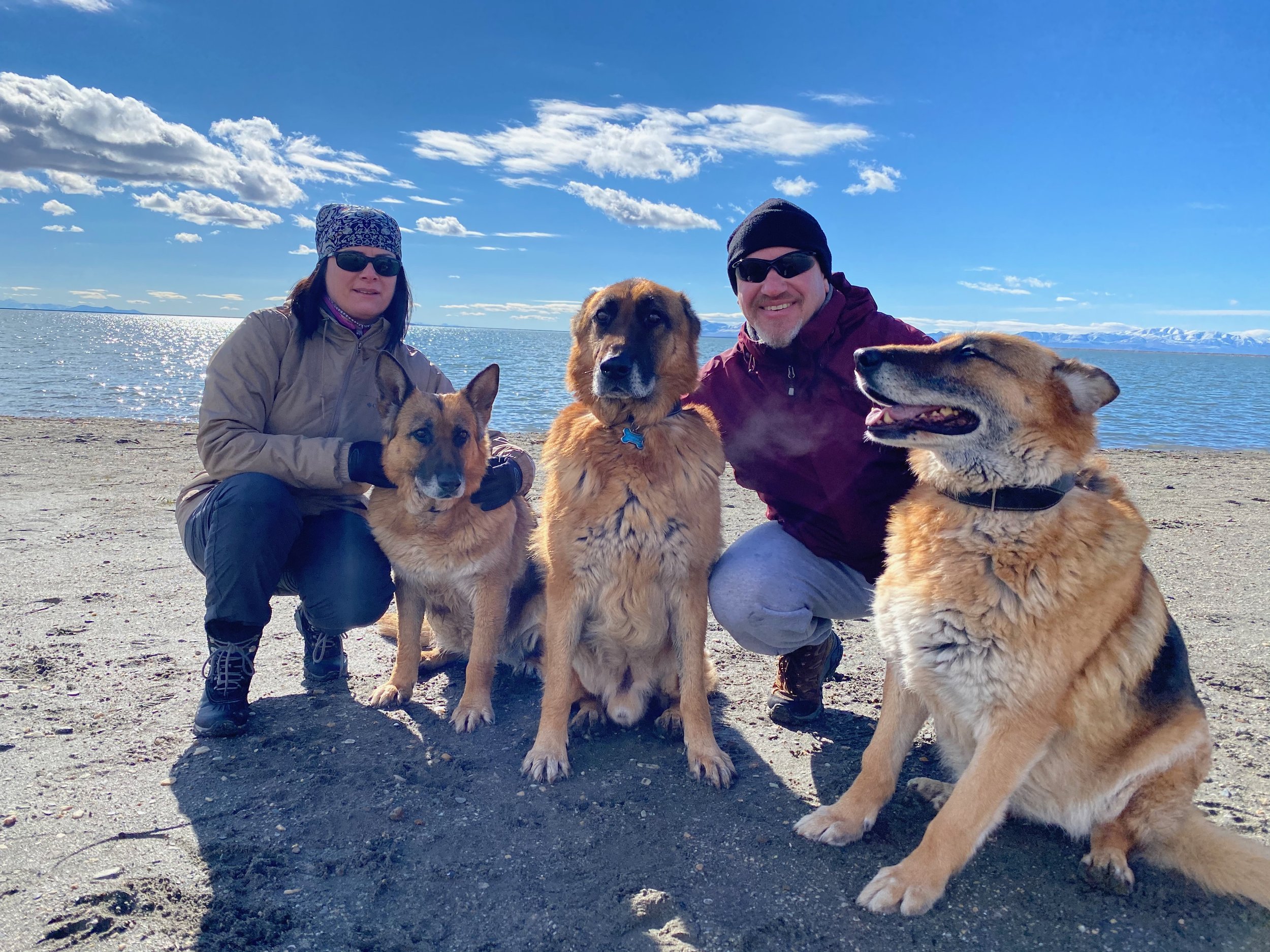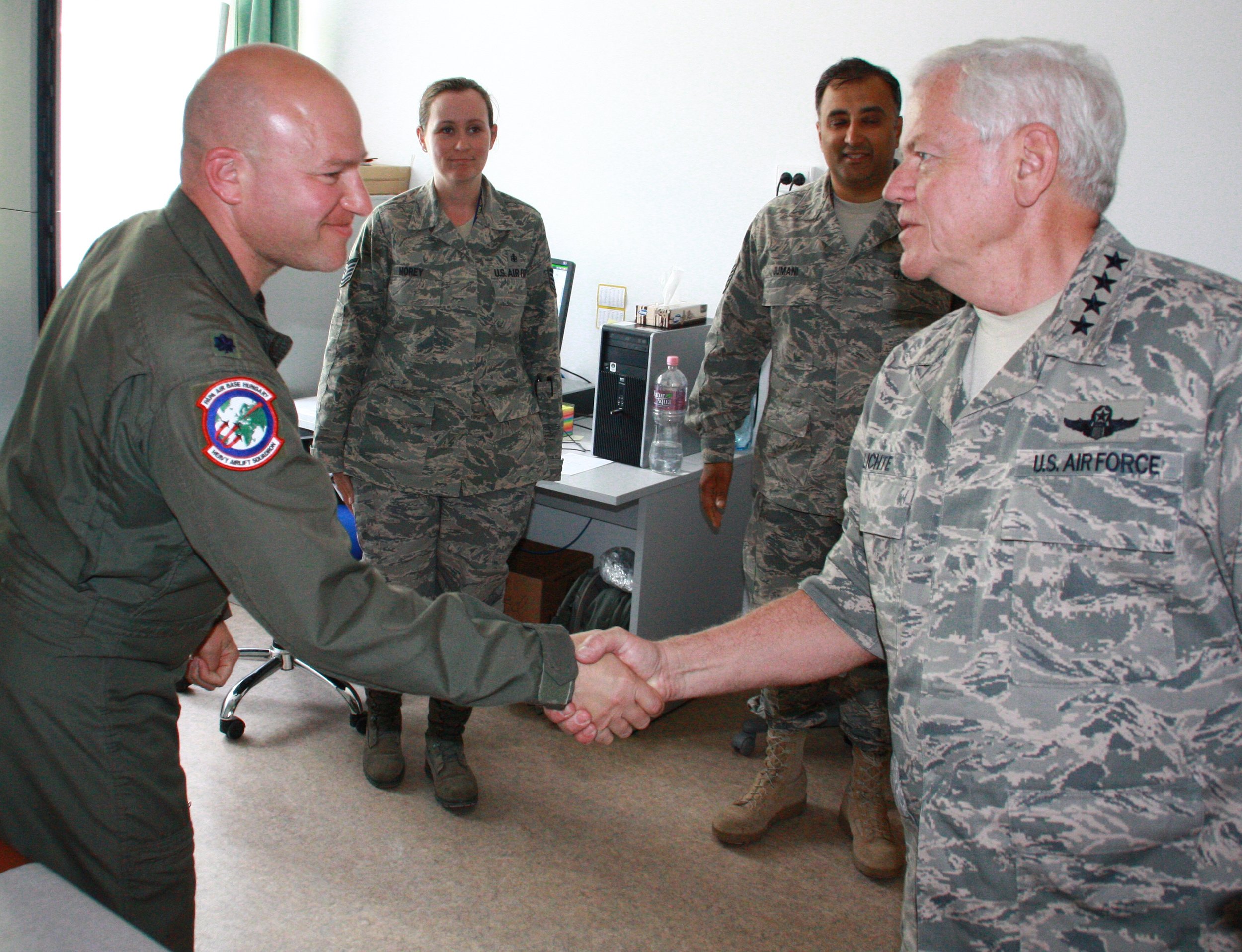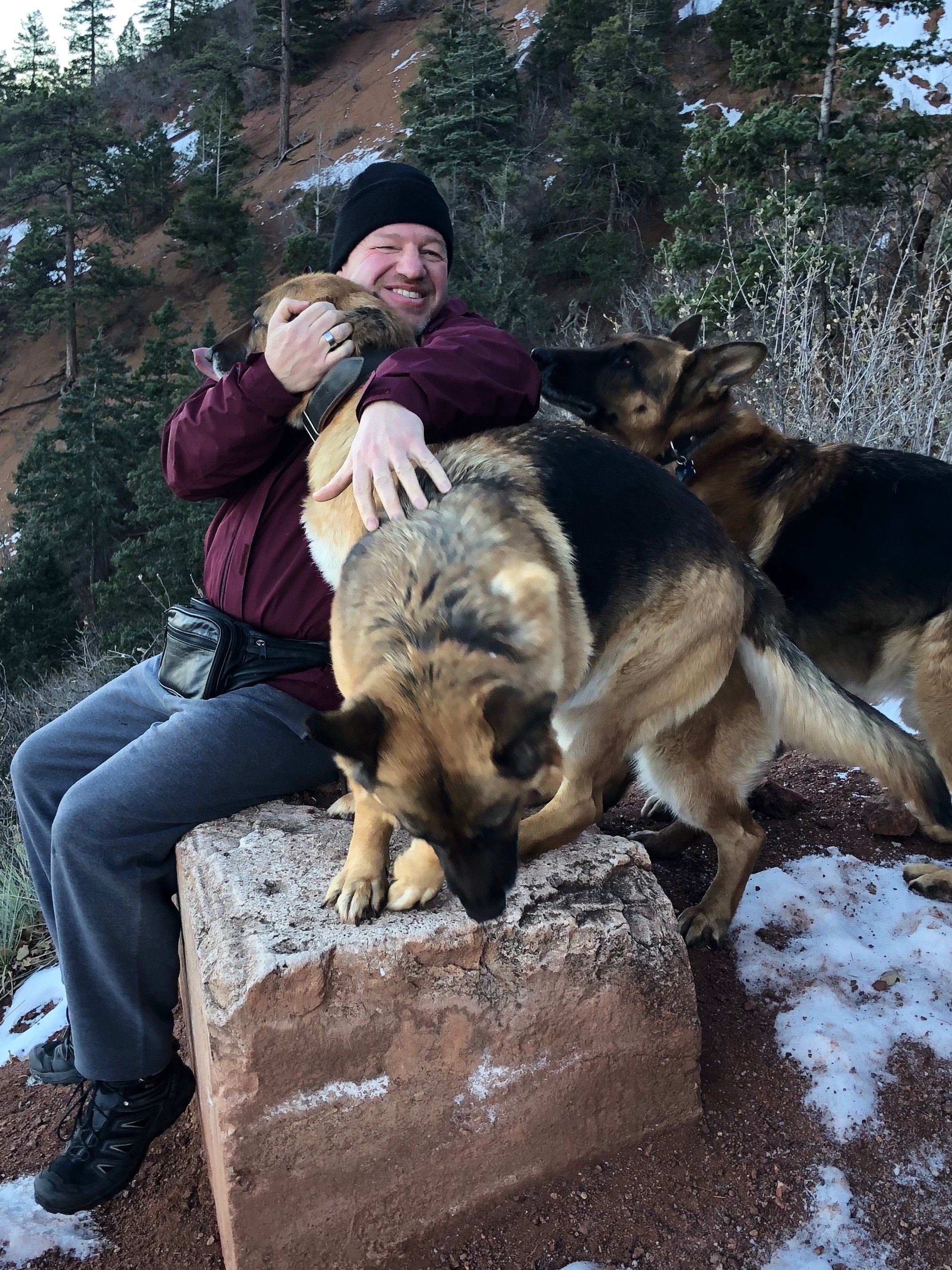Pete Sipos, M.D.
Air Force Flight Surgeon to FAA Medical Examiner
What makes a good flight doc? At a minimum, he or she should be an experienced physician; should have a thorough familiarity with the profession of flying and the flying environment; and should be truly committed to advocating for each patient/flier/pilot, while at the same time ensuring flight safety. In other words, a good flight surgeon knows their stuff and is someone you can trust.
Flying has always been important to me. After completing four years of Air Force ROTC at the University of Utah (1985-89), I went on active duty in March 1990 planning to become a pilot. Learning later that I was not qualified to be a pilot, I chose to pursue medicine instead. After finishing med school at the Uniformed Services University (USU) in Bethesda, MD, I began my career as a flight surgeon in 2002 at Minot AFB, North Dakota, assigned to the 23rd Bomb Squadron. Here I provided medical care for (and flew with) aircrew members flying B-52 strategic bombers and UH-1 helicopters.
In 2005, it was off to Saudi Arabia for two years, taking care of our US Air Force pilots embedded with the Saudi Air Force.
After a brief tour at Aviano, Italy in 2008, supporting the F-16 mission there, I went on to my longest and most cherished assignment - this time at Papa Air Base, Hungary. For six years, I flew in the C-17 with aircrew from twelve different nations, taking part in missions to Afghanistan, Bulgaria, Romania, The Netherlands, Sweden, Norway, Finland, and even the Central African Republic - just to name a few.
I rounded out my career as flight commander at RAF Lakenheath, leading a flight med team of twelve flight surgeons and supporting one of the largest and most diverse missions in the Air Force, including F-15C and F-15E fighter aircraft, HH-60 combat search and rescue helicopter teams and pararescue specialists, C-130 and CV-22 special operations teams, and KC-135 air refueling aircrew.
After retiring from the Air Force in 2017, I continued to work as a civilian flight surgeon for the Air Force at Beale AFB, California; Peterson AFB, Colorado; and finally at Hill AFB, Utah. I still volunteer as a flight surgeon at Hill several times a month, and still continue to care for our local aircrew in uniform, including members on active duty, in the Air Force Reserves, and in the Utah Air National Guard. It’s as rewarding now as ever - the satisfaction of serving the flying community never fades. But now I’ve turned my attention to serving pilots on the civilian side. Some of the details are different, but the basics are the same:
Provide quality service; ensure flight safety; AND MOST IMPORTANTLY do the utmost to keep each pilot flying.
For the past 13 years, when not working, I enjoyed spending time with my wife and our three German Shepherds. Sadly, we had to say goodbye to the last of the three shepherds on 3 October 2024. But the hikes and the time spent with them count as some of the pinnacle experiences of my life - from the plains of Hungary to the forests of England to the mountains of California, Colorado and Utah. Once an avid triathlete, I’m no longer able to run, and I now stay fit by swimming, hiking and yoga. My other passions include playing the piano, cooking, gardening and the occasional movie. My wife and I take great joy in visiting Utah’s many state and national parks on a regular basis. Now that we’re finally settled in Utah, I plan to begin pursuing my private pilot’s license in the near future.
My twenty-year career has been focused on providing medical care to pilots and aircrew members of all stripes, and now I look forward to serving you. Hope to see you soon.















